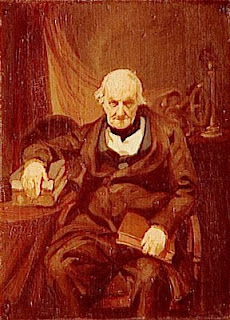Love him or hate him, it was this day in 1969 that Yasser Arafat took over the Palestine Liberation Organization.
Mohammed Abdel-Raouf Arafat As Qudwa al-Hussaeini was born on 24 August 1929 in Cairo, his father a textile merchant who was a Palestinian with some Egyptian ancestry, his mother from an old Palestinian family in Jerusalem. She died when Yasir, as he was called, was five years old, and he was sent to live with his maternal uncle in Jerusalem, the capital of the British Mandate of Palestine. He has revealed little about his childhood, but one of his earliest memories is of British soldiers breaking into his uncle's house after midnight, beating members of the family and smashing furniture.
In Cairo, before he was seventeen Arafat was smuggling arms to Palestine to be used against the British and the Jews. At nineteen, during the war between the Jews and the Arab states, Arafat left his studies at the University of Faud I (later Cairo University) to fight against the Jews in the Gaza area. The defeat of the Arabs and the establishment of the state of Israel left him in such despair that he applied for a visa to study at the University of Texas. Recovering his spirits and retaining his dream of an independent Palestinian homeland, he returned to Faud University to major in engineering but spent most of his time as leader of the Palestinian students.
He did manage to get his degree in 1956, worked briefly in Egypt, then resettled in Kuwait, first being employed in the department of public works, next successfully running his own contracting firm. He spent all his spare time in political activities, to which he contributed most of the profits. In 1958 he and his friends founded Al-Fatah, an underground network of secret cells, which in 1959 began to publish a magazine advocating armed struggle against Israel. At the end of 1964 Arafat left Kuwait to become a full-time revolutionary, organising Fatah raids into Israel from Jordan.
























